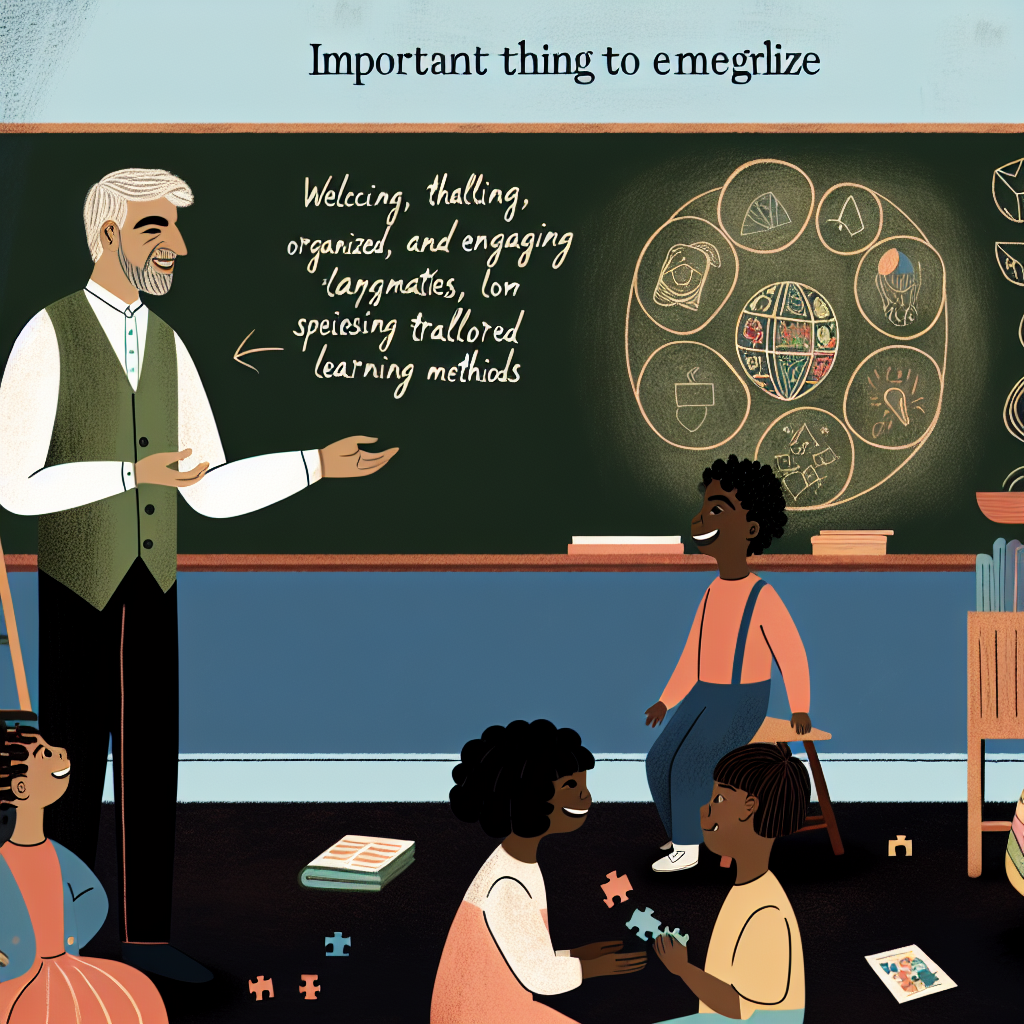Enhancing Dance Instruction Through Behavior Analysis: A Virtual Training Success
How can behavior science support dance educators? A recent study in Behavior Analysis in Practice offers a clear answer.
In the 2023 study titled "An Evaluation of Virtual Training for Teaching Dance Instructors to Implement a Behavioral Coaching Package," researchers Sarah Davis, Kendra M. Thomson, Kimberley L. M. Zonneveld, Tricia C. Vause, Melina Passalent, Nicole Bajcar, and Brittney Sureshkumar explored how a virtual behavior skills training (BST) program could improve dance instruction. By integrating components of applied behavior analysis (ABA), the team created the BEAT coaching model—an evidence-based structure designed to enhance teaching in the studio.
The study’s findings are not just academically interesting—they have real-world value for behavior analysts and dance educators alike.
🧠 What is Applied Behavior Analysis (ABA) Doing in the Dance Studio?
ABA focuses on using data and evidence-based strategies to improve behavior and performance. While it is often associated with clinical or educational settings, its principles are broader. This study tested out behavior skills training, a model already used in professions like teaching or healthcare, in the dance world.
The team targeted a specific problem: dance instructors typically lack formal training in scientifically grounded teaching practices. Many rely on tradition or personal experience, with limited feedback systems for student improvement. The researchers aimed to see if ABA could offer more effective teaching tools—and do so virtually.
🎓 Meet the Research Team
- Sarah Davis
- Kendra M. Thomson
- Kimberley L. M. Zonneveld
- Tricia C. Vause
- Melina Passalent
- Nicole Bajcar
- Brittney Sureshkumar
Their collaborative work across disciplines helped ensure that both behavior science and artistic instruction were properly integrated.
🎯 Study Purpose and Objectives
The researchers had three main goals:
- Train dance instructors to use a four-part behavioral coaching framework.
- Evaluate how accurately instructors applied these strategies after training.
- Measure how well the instructors maintained those skills over time.
To complete the picture, they also collected “social validity” data—asking instructors about how useful, enjoyable, and practical the training was.
📦 The BEAT Coaching Package
The BEAT package is the heart of the study. It includes four specific teaching tools:
-
✅ Break it Down
Analyze and segment complex choreography into simpler steps. -
✅ Emphasize Correct Performance
Clearly state what good performance looks like—using positive wording. -
✅ Assess Through Data Collection
Monitor student accuracy with a structured scoring system. -
✅ Teach with Feedback
Provide praise and corrections that are behavior-specific and constructive.
These elements reflect core ABA strategies like task analysis, reinforcement, and performance feedback.
💻 Why a Virtual Format?
The researchers opted for online training for good reasons, including:
- Travel and time barriers for instructors
- Increased comfort with virtual learning since COVID-19
- Potential to scale training nationally or internationally
Virtual learning also made it easier for instructors from remote or underserved areas to participate.
👩🏫 Who Took Part?
The study included five experienced female dance instructors (one withdrew). Key points:
- Ages ranged from 28 to 50
- Average of over 10 years of teaching experience
- Genres included ballet, jazz, musical theatre, acrobatics, and modern
- Most instructors were based in Canada; one was from the Caribbean
This experience level ensured that the results reflected advanced instructors, not novices.
🔍 Research Method
The study used a multiple-baseline design across participants, which helps determine if changes stem from the intervention, not chance. The training method included:
- An easy-to-follow online manual
- Instructional videos with modeling
- Live virtual sessions for interactive coaching
- Practice assignments with feedback
The researchers recorded how accurately the instructors followed the BEAT steps, before, during, and after training.
📊 What Did They Find?
The results were strong:
- All four instructors who finished training reached 100% implementation accuracy
- Two required refresher sessions, suggesting skills may decline over time without practice
- One-month follow-up showed skills held up well
- Instructors rated the training as useful, enjoyable, and applicable
Instructors especially valued the structure of BEAT, the focus on positive feedback, and learning how to track performance with data.
📚 Top 10 Takeaways
- Virtual ABA training can be effective for dance instruction.
- Skills were taught successfully despite participants’ limited behavioral knowledge.
- BEAT was clear, structured, and easy to follow.
- Positive reinforcement use increased after training.
- Task analysis was seen as one of the most helpful tools.
- Booster training may be needed to keep skills sharp.
- Feedback delivery became more specific and supportive.
- Scalability in large classes remains a challenge.
- The training was tested only in simulations—not live dance classes.
- Virtual models like this can widen access to evidence-based instruction.
💬 Quotes That Say It All
- “It made me realize how much I focused on what dancers were doing wrong without ever saying what they did right.”
- “This kind of training is most applicable for 1:1 sessions with a dancer.”
- “I wasn’t sure what to expect, but there were some positive takeaways I look forward to adding to my teaching.”
📌 Next Steps for Practice and Research
For behavior analysts and dance educators, the study suggests promising directions:
- Add BEAT to teacher training initiatives
- Use video review and peer modeling in workshops
- Develop tools for group class applications
- Explore adaptations for other genres like hip hop or tap
- Track dancer outcomes and satisfaction over time
Keep in mind: the training averaged 10 hours and was only tested in single-student lesson simulations. More research is needed for group classes and long-term outcomes.
🔗 Learn More
Interested in reading the full research article? Access it here:
Davis, S., Thomson, K. M., Zonneveld, K. L. M., et al. (2023).
"An Evaluation of Virtual Training for Teaching Dance Instructors to Implement a Behavioral Coaching Package"
Behavior Analysis in Practice, 16, 1100–1112.
https://doi.org/10.1007/s40617-023-00779-z
✔️ Final Thoughts
This study shows that ABA can move beyond clinical settings into creative arts like dance. With structured feedback, positive reinforcement, and performance data, instructors can support their dancers more effectively—even from their home computer screens.
As behavior analysts, we should keep exploring how our science can enrich new areas, from studios to sports fields and beyond. Dance, after all, is movement through space—and ABA is all about meaningful movement toward improvement.



